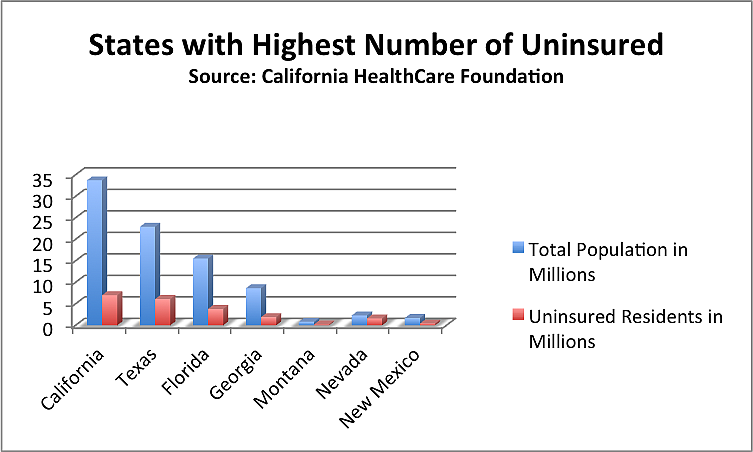Capturing a historic moment: Obamacare in California

Thousands of uninsured have crowded into the L.A. Coliseum each year for free care. Photo courtesy of Neon Tommy
Every year, for some time, legions of volunteers have set up camp in the Los Angeles Coliseum to offer free health care to thousands of uninsured Angelinos. Lines of patients snake around for blocks. People camp out on sidewalks nightly during the four-day event to ensure that they make it inside before closing time.
Dramatic stories always emerged from the Coliseum. There was the old man who finally received a pair of glasses and the middle-aged woman crying out in anguish and joy after getting dental work on a neglected and badly abscessed tooth.
For me, this pageant of human misery always serves as a visible reminder of the failings of our health care safety net. I’ve been thinking a lot about those annual mercy missions as millions of Americans sign up for health care under Obamacare. Yes, there have been countless glitches, fits and starts, ugly political battles and constant challenges. Yet for all that, this remains a historic turning point. Obamacare holds out the promise to remake America’s contract with its citizens, with health care as a fundamental right.
In the coming months, Reporting on Health will be writing about this momentous effort. Our prim Source: The California Health Care Foundation, 2013
According to the California HealthCare Foundation, California has to chip away at 7 million uninsured through Obamacare - one fifth of the state's population. Getting more Californians insured will also make a big dent in the nation's overall uninsured rate because it is the most populous state.
Much has been written in recent months about the botched design of the federal exchange as well as glitches in California and elsewhere. Our focus will be on whether outreach efforts succeed in reaching residents who are poor, limited-English speakers, and Latino, the populations most likely to remain uninsured – even years after Obamacare’s tumultuous launch.
One of the most authoritative studies on California’s uninsured predicts that up to four million people could still remain uninsured by 2019, despite the fact that two thirds of them would be eligible for health care. Many more employed people in California are uninsured than in other parts of the country. Will that change under reform? We’ll also explore the circumstances confronting the state’s undocumented residents, who are written out of Obamacare. How will hospitals and clinics respond to their needs?
Insurance sign-ups are only the first step in this effort. For health care reform to succeed and be financially viable, newly-insured patients must learn how to take advantage of preventive services and spend less time in the emergency room. Initial reports out of Oregon show that many newly insured keep making costly ER visits. We also will examine the inner workings of safety net clinics and whether they can change their culture and service mentality to hold on to patients who now have choices.
We have a great team to tell these important stories that includes Jan Gurley, MD, a writer, blogger and clinic director in San Francisco; Ted Kissel, a veteran California newspaper editor and reporter based in Orange County; and Ryan White, a contributing writer to Reporting on Health based in Los Angeles. Jill Braden Balderas, a veteran health care journalist, serves as the able editor for “Remaking Health Care: the Affordable Care Blog.” Please let us know your thoughts and ideas as we get underway.

